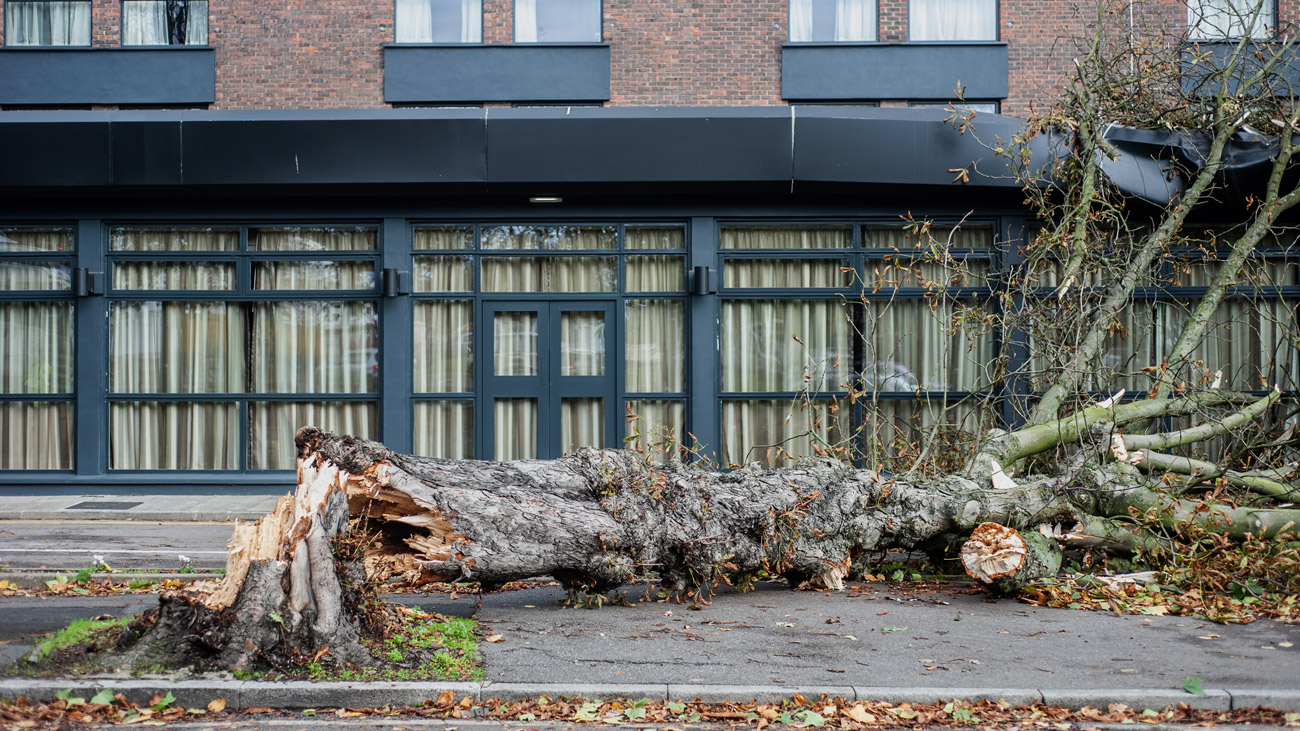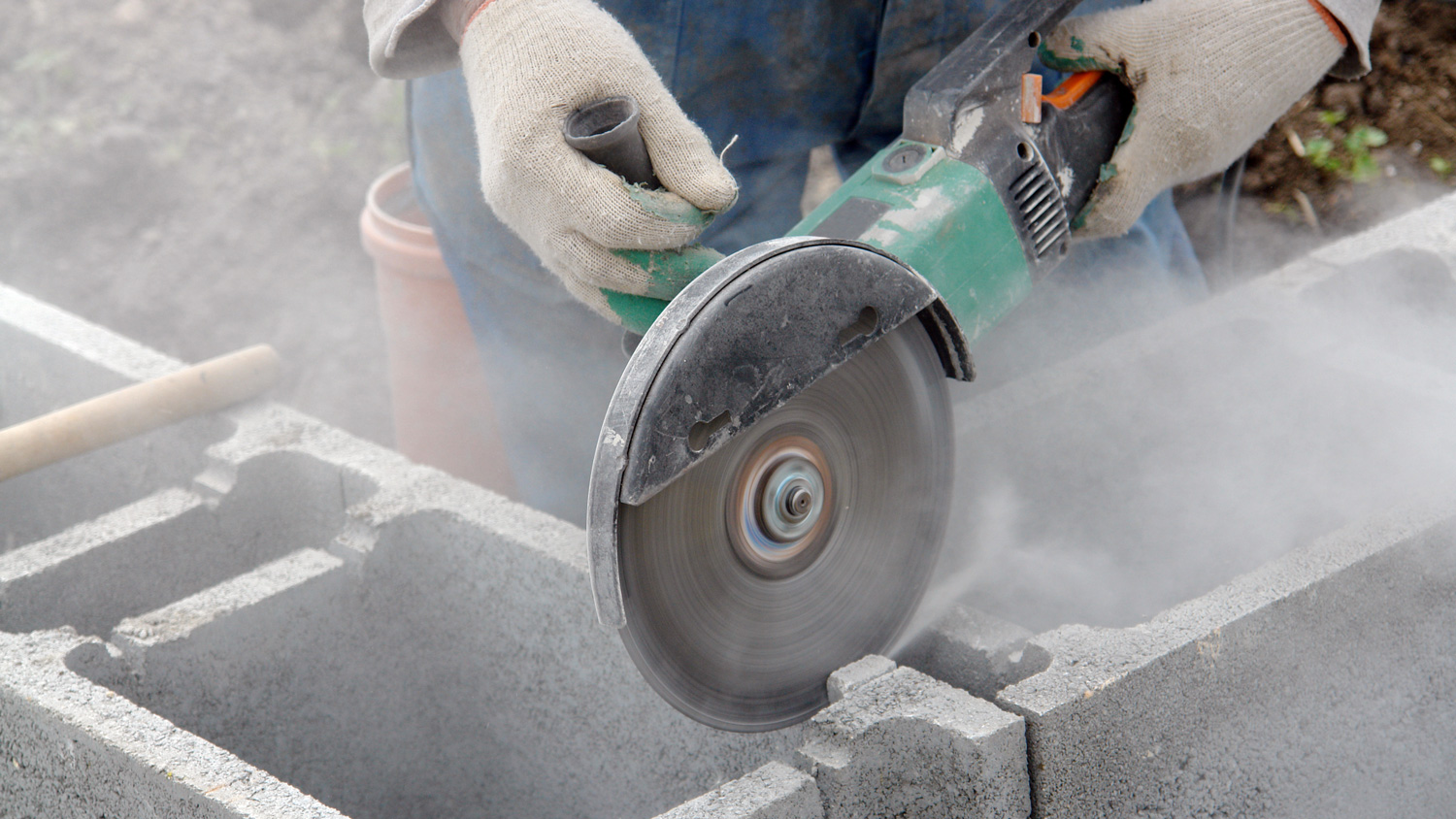
Protecting engineers from severe weather conditions
A council and construction company have been fined following the death of an engineer during a storm. Matthew Campbell was struck by a falling tree when working at Slieve Gullion Forest Park, Newry on 19 September 2018.
Mourne and Down District Council was fined £20,000, and Lagan Construction Limited was fined £30,000. Both employers failed to make a suitable and sufficient risk assessment. The Council also failed to ensure, so far as is reasonably practicable, the safety of non-employees.
Speaking after the hearing, Katrina Murphy, an HSENI Inspector said:
“This tragic incident needlessly claimed the life of a young man who was working in an area populated with mature trees during a severe weather event. All employers need to assess the risk from the effect of potential storm conditions on their work activities and take necessary precautions.”
It was also established that both employers were in receipt of Met Office weather warnings advising of a strengthening storm with the potential to cause danger to life.
Murphy added:
“Weather warnings should always be considered. They are important and are designed to let people know what the impacts may be of severe weather, including strong winds.”
The investigation found that Mr Campbell, an employee of Lagan Construction Limited, was fatally injured when a large, 200-year-old beech tree was uprooted by strong winds during ‘Storm Ali' in September 2018. The beech tree fell on Matthew Campbell while he was working near to the entrance of the forest park which was under the management and control of the council.
For engineers, working outdoors means that it’s inevitable that they will be hit by bad weather at some point. This is especially the case in the UK, where even the summer months can’t guarantee long, dry spells.
Says Mackoy Groundworks and Civil Engineering:
“Despite advances in forecasting the weather, there will always be uncertainty, but properly managing the effects of bad weather on groundworks and civil engineering projects is key for protecting your site and your workers. Having a contingency plan in place and properly managing the project can help you to complete on time and on budget without compromising on quality.”
Part of those plans is considering and preparing for the potential health and safety implications for engineers. Although UK weather tends to be less extreme in the UK, it can still pose various dangers for engineers, particularly those working in outdoor or exposed environments. Some of the dangers include:
- Extreme temperatures: Both hot and cold weather can pose risks. In hot weather, engineers may face heat stress, dehydration and sunburn. Conversely, cold weather can lead to hypothermia, frostbite and reduced dexterity.
- High winds: Strong winds can create hazardous conditions, especially for engineers working at height or with large structures. Wind can cause objects to become airborne, posing a risk of injury or damage.
- Heavy rain and flooding: Persistent or heavy rain can lead to flooding, which may affect construction sites, roads and infrastructure. Engineers may need to contend with waterlogged sites, unstable ground conditions and potential damage to equipment.
- Ice and snow: Winter weather brings the risk of ice and snow, leading to slippery surfaces and reduced visibility. Engineers may face challenges such as ice accumulation on structures, icy roads and hazards from falling icicles.
- Storms and severe weather events: Storms, including thunderstorms and hurricanes, can cause widespread damage to infrastructure, buildings and utilities. Engineers may be involved in emergency response efforts, assessing damage and implementing repairs.
- Lightning: Lightning strikes pose a significant risk to engineers working outdoors. Metal structures, equipment and tall objects can attract lightning, leading to electrocution, fires or structural damage.
- Poor visibility: Fog, mist and haze can reduce visibility, making it difficult for engineers to work safely, especially in high-traffic areas or near machinery.
- Environmental hazards: Weather-related events can release environmental hazards such as pollutants, chemicals or hazardous materials, posing health risks to engineers and nearby communities.
- Erosion and soil instability: Heavy rain and flooding can accelerate erosion and destabilise soil, affecting the stability of structures, embankments and slopes. Engineers must assess and mitigate risks associated with soil erosion and instability.
- Disease transmission: Certain weather conditions, such as warm and humid weather, can facilitate the spread of vector-borne diseases like Lyme disease. Engineers working in outdoor environments may be at risk of exposure to disease-carrying insects.
To mitigate these dangers, engineers must adhere to safety protocols, use appropriate personal protective equipment (PPE), stay informed about weather forecasts and implement risk management strategies tailored to specific weather-related hazards. Additionally, incorporating climate resilience measures into engineering projects can help minimise the impacts of extreme weather events.
It’s hard to plan for the weather in the UK as we’re regularly exposed to unseasonal conditions. However, employers have a responsibility to plan ahead to ensure the safety and wellbeing of their employees, including engineers, when they are exposed to weather hazards. Here are some steps employers can take to protect engineers from weather-related dangers:
- Risk assessment: Conduct a thorough risk assessment of the workplace to identify potential weather-related hazards that engineers may encounter. This assessment should consider factors such as temperature extremes, precipitation, wind, lightning and other environmental conditions.
- Training and education: Provide comprehensive training and education to engineers on recognising, assessing and mitigating weather-related risks. This should include training on emergency procedures, proper use of personal protective equipment (PPE) and safe work practices in various weather conditions.
- Weather monitoring: Implement systems for monitoring weather conditions, such as subscribing to weather alerts and installing weather monitoring equipment onsite. This allows employers to stay informed about approaching weather events and take appropriate precautions to protect engineers.
- Work schedule management: Adjust work schedules or tasks to minimise exposure to extreme weather conditions whenever possible. This may involve rescheduling outdoor work during periods of inclement weather or providing alternative indoor tasks during extreme heat or cold.
- Providing adequate PPE: Supply engineers with appropriate personal protective equipment (PPE) designed to protect them from weather-related hazards. This may include protective clothing for cold or wet conditions, high-visibility gear for low visibility environments and sunscreen and hats for sun protection.
- Shelter and rest areas: Provide access to sheltered areas or rest facilities where engineers can seek refuge during extreme weather conditions. This may include temporary shelters, restrooms or break rooms equipped with heating, cooling or ventilation systems.
- Emergency response plans: Develop and communicate clear emergency response plans for dealing with weather-related emergencies, such as severe storms, lightning strikes or heat-related illnesses. Ensure that engineers are familiar with these plans and know how to respond effectively in case of an emergency.
- Supervision and monitoring: Assign supervisors or designated personnel to monitor engineers' safety and wellbeing during outdoor work activities. These individuals should be trained to recognise signs of weather-related hazards and intervene if necessary to ensure engineers' safety.
- Regular maintenance of equipment and infrastructure: Regularly inspect and maintain equipment, infrastructure and work areas to ensure they are structurally sound and capable of withstanding weather-related stresses. Address any deficiencies or hazards promptly to prevent accidents or injuries.
- Encouraging open communication: Foster a culture of open communication where engineers feel comfortable reporting weather-related concerns or hazards to their supervisors or management. Encourage feedback and suggestions for improving safety practices and procedures.
By implementing these measures, employers can help protect engineers from the potential dangers associated with weather hazards and create a safer work environment for all employees.
International Workplace's Permits to work course explores the essential elements of permits to work systems and what type of high-risk activities may require them. A permit to work system is a formal written system used to control certain types of work that are potentially hazardous. A permit to work is a document that specifies the work to be done and the precautions to be taken. Permits-to-work form an essential part of safe systems of work for many maintenance activities. They allow work to start only after safe procedures have been defined and they provide a clear record that all foreseeable hazards have been considered. This course is ideal for health and safety managers and line managers responsible for higher risk activities, particularly where third-party contractors are employed. Find out more here.







